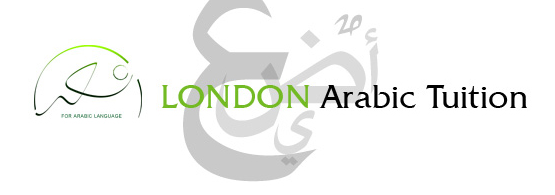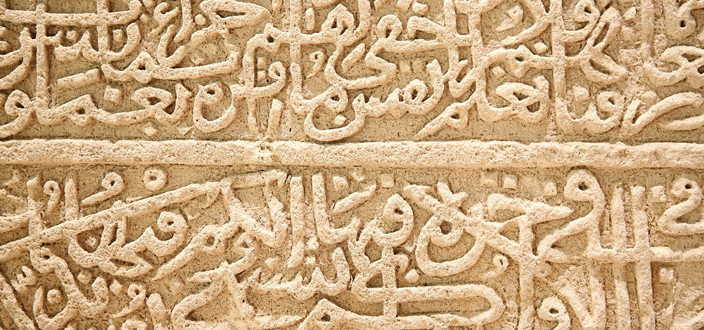Get familiar with the Arabic Alphabet
The Arabic language is delightful and complex. Furthermore, with regards to the Arabic composing framework, it’s practically similar to a masterpiece. Anyway, how might you get familiar with the Arabic letter set and arrive at familiarity? Shockingly, learning the Arabic letter set doesn’t take long. Here’s the beginning and end you want to be familiar with Arabic letters, numbers, and the composing framework.
The initial step to Arabic familiarity is dominating the letters in order. You’re in good shape. By comprehension and rehearsing Arabic letters with elocution, you can arrive at familiarity rapidly.
History of the Arabic Alphabet
The historical backdrop of the Arabic letter set returns north of 1,000 years. Many accept that the advanced Arabic composing framework is gotten from the Nabataean variety of the Aramaic letter set, which is thought to have outgrown the Phoenician. The Arabic letters in order has been utilized since the fourth century AD. Yet, the soonest composed proof of the language traces all the way back to 512 AD.
This implies that the Arabic Alphabet originates before the formation of Islam. Islam in any case affected the Arabic composing framework. To ensure the Qur’an was simpler to recite without holding back, diacritics and short vowels were acquainted with the Arabic letters in order.
Arabic letters in order have a long and delightful history
Kinds of Arabic Writing
There are two kinds of Arabic composition:
Traditional Arabic Alphabet: This is the language of old-style Arabic writing, including the Qur’an. It’s an old language, and the individuals who read the Qur’an frequently need interpretations to get it.
Current Standard Arabic: The composed and communicated in Arabic of today. All Arab-talking nations utilize this type of language. In spite of the fact that there are provincial vernaculars and minor contrasts, it’s an all-inclusive language. In the event that you’re learning Arabic as a subsequent language, you’ll need to learn Modern Standard Arabic.
What number of Letters Are in the Arabic Alphabet?
There are 28 letters in the Arabic letters in order. Notwithstanding, Modern Arabic additionally adjusted to unfamiliar words. Letters, for example, “p” and “g”, for instance, didn’t exist in Standard Arabic initially. Yet, these days you can keep in touch with them too for English loanwords.
Rules of the Arabic Alphabet
Before we get to the genuine letters and composing of Arabic, it’s ideal to know the essential standards of the composed language. While these images might appear to be extremely overwhelming, they’re very straightforward and become accustomed to. Composed Arabic fluctuates marginally from communication in Arabic. The following are a couple of fast realities about the Arabic letter set:
Composing course: Like every Semitic language, Arabic is composed and perused from right to left, on a level plane.
Consonants versus vowels: There are 28 letters; aside from the principal letter ا, all the others are consonants, with the exception of ي and و which can be the two consonants and vowels (to indicate the long vowel آ and ũ separately).
No upper cases: The Arabic letters in order have no capital or capitalized letters: letters of a solitary word are connected to one another, with the exception of 6, which are connected uniquely to one side, i.e., the letter that goes before them; hence, there will be a space followed by the following letter: يُوسُف “Joseph”.
Various structures rely upon where the image is: Linking to one another, some Arabic letters change shape; we should recognize a confined, an underlying, an average, and a last structure; the last type of ي is normally composed without the two specks ى.
Separating Arabic letters: Many Arabic letters are protracted or abbreviated when they complete a line so they consume the whole space of a line.
Various lingos: The articulation and spelling of certain consonants fluctuate from one country to another.
Uncommon Arabic person: When assembling the letter L(ل) and the letter A( ا) makes a unique person LA (لا). Some think about this the 29th letter of the Arabic letter set.
Learn Arabic composition and letters in order without any problem
What Are the 28 Letters of the Arabic Alphabet?
Here are the Arabic letter sets, their articulation, and their comparable English sounds.
ا A
Alif
بB
Ba
تT
Ta
ثTha
Theh
ج J
Jim
حH
Ha
خKH
Kha
دD
Dal
ذTH
Dhal
رR
Ra
زZ
Za
سS
Sin
ش SH
Shin
ص S
Pitiful
ضDa
D’ad
طDH
Dha
ظTha
Dh’a
ع A
‘Ain
غGH
Ghain
فF
Feh
قQ
Qaf
كK
Kaf
لL
Lam
مM
Mim
نN
هH
Ha’a
و W
Waw
يY
Yah
It’s essential to take note that there Arabic letters with no English same. These literal interpretations are the inexact sounds the elocutions make. Be that as it may, since there’s only one vowel in the Arabic letters in order, a definite literal interpretation is inconceivable. Contingent upon the emphasized blemishes on top of consonants, the elocution changes with the vowel.
At the point when you’re heading out to an Arab-talking nation, you’ll see that there’s no literal interpretation on road signs. This is a valid justification why you ought to gain proficiency with the Arabic letters in order.
Is Arabic an Abjad?
Abjad is a composing framework that doesn’t utilize vowels. By just utilizing consonants, the peruser needs to fill in the suitable vowels.
Most of the Arabic letters in order are consonants, which makes it an abjad. In any case, the Modern Arabic letters in order contain a vowel and two other double consonant-vowel letters. This makes the Arabic letter set a polluted abjad composing framework.




Leave a Reply
You must be logged in to post a comment.